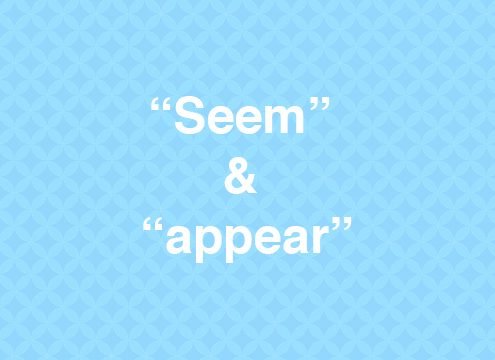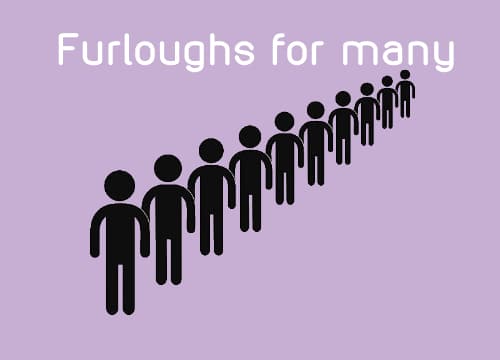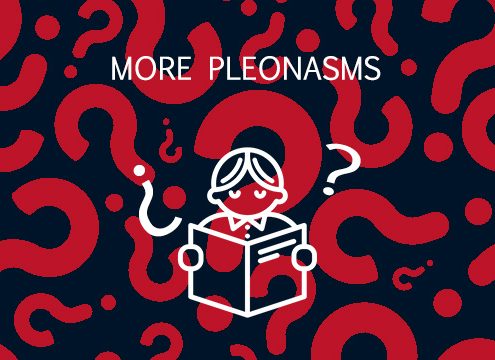In English we use seem (parecer) and appear to give information about something that may be true. There are two sentence structures you can use:
- It + seem/appear + that. Here are some examples:
- It seems that the British people will vote in favour of “Brexit” (parece que la gente de Gran Bretaña votará a favor de Brexit). You could also use appear in the same sentence with the same meaning.
- It appears/seems that the British people will vote in favour of “Brexit.
- It certainly seems that way (así parece).
- It seems/appears that I have made a mistake (parece que he cometido un error).
- It seems a good idea to vote for Brexit (parece una buena idea votar a Brexit).
- It seems that it is going to rain (parece que va a llover).
- Subject + seem/appear + to infinitive, or subject + seem/appear + adjective. Here are some examples:
- Cameron seemed to be absorbed in the difficulties with Brexit (Señor Cameron parecía estar absorto en las dificultades de Brexit).
- Cameron seems upset by the Brexit opinion poll (Señor Cameron parece afectado por las encuestas de Brexit).
- Cameron does not seem to have noticed that he is going to lose the referendum. (Señor Cameron no parece haberse dado cuenta de que va a perder el referéndum).
- Boris Johnson seems capable (Mr. Johnson parece capaz). The word appear has the same meaning: Mr. Boris Johnson appears capable.
There is another option using the word would. This makes the statement even more tentative (todavía más provisional). Here are two examples:
- It would appear/seem that the British people will vote in favour of Brexit (parecería que la gente de Gran Bretaña votará a favor de Brexit).
- It would seem that it is going to rain (parecería que va a llover).

















